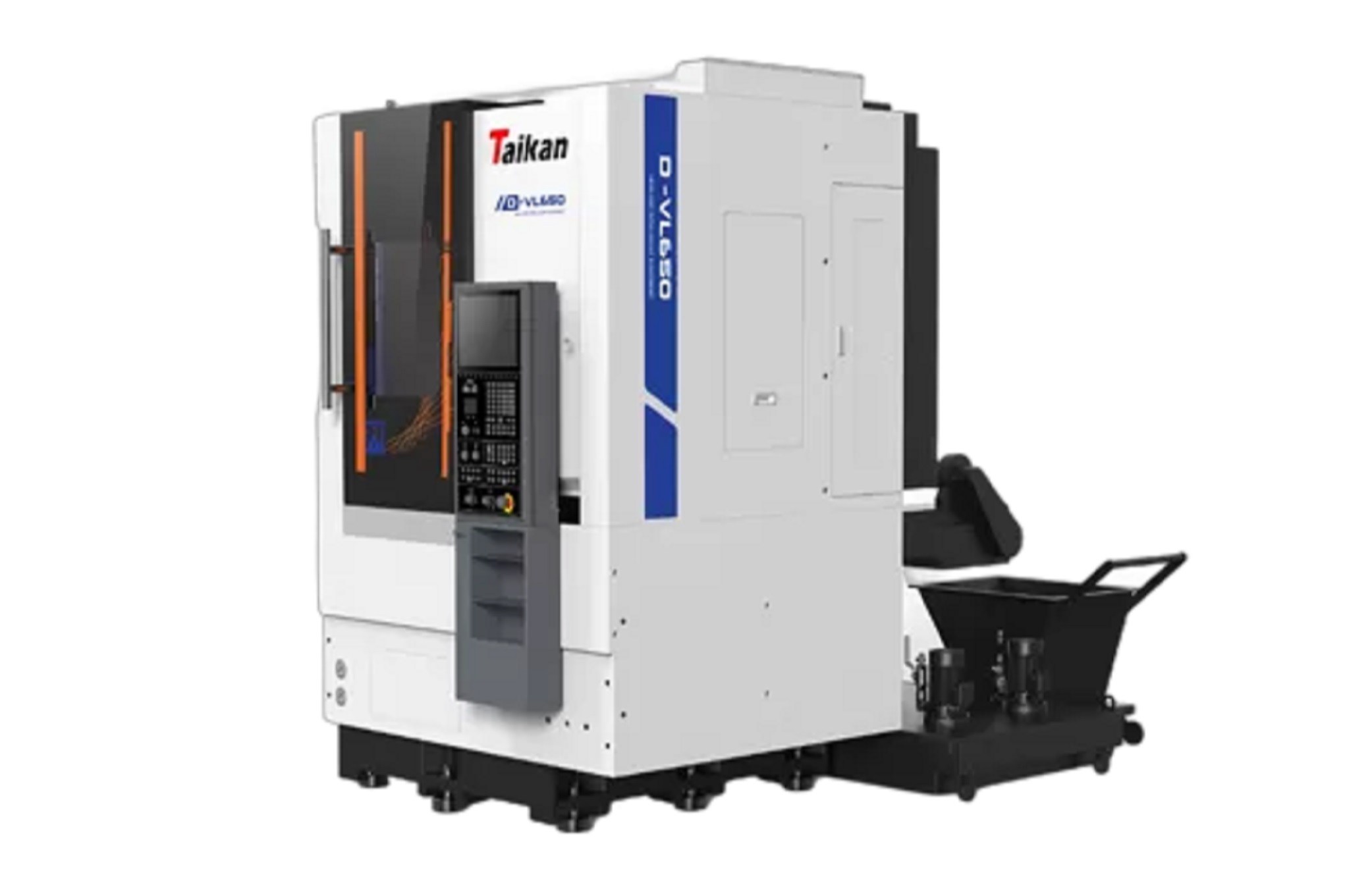Manufacturing has always been a balance between precision and productivity. But today, that balance is shifting rapidly. From aerospace to consumer electronics, companies are demanding shorter production cycles, tighter tolerances, and faster turnarounds.
High-speed machining centers (HSMCs) are the answer to this challenge. They combine rapid spindle speeds, intelligent control, and advanced motion systems to achieve both speed and accuracy. In the world of precision manufacturing, they are not just faster machines — they represent a smarter, more integrated approach to machining.
What Defines a High-Speed Machining Center?
A high-speed machining center is not defined by a single parameter. It’s the combination of several technologies working in harmony:
| Feature | Conventional CNC Center | High-Speed Machining Center |
| Spindle Speed | 6,000–12,000 rpm | 20,000–60,000 rpm |
| Feed Rate | Moderate | Extremely fast with high acceleration |
| Cutting Dynamics | High cutting force, more vibration | Light cutting force, superior stability |
| Thermal Stability | Basic compensation | Full thermal control and cooling systems |
| Applications | General metal cutting | Precision molds, aerospace parts, electronics |
With lightweight structures, dynamic servo drives, and optimized tool paths, high-speed machining centers achieve levels of surface finish and part consistency that traditional CNC machines cannot. These attributes make them indispensable in mold manufacturing, aerospace components, and precision electronic housings.
Why High-Speed Machining Matters in Precision Manufacturing
Speed alone doesn’t define performance — accuracy does. High-speed machining centers improve both. By using smaller cutting depths at higher speeds, they minimize tool pressure and heat distortion. This leads to smoother surfaces, reduced burrs, and minimal post-processing.
In mold making, for example, high-speed machining reduces polishing time dramatically while maintaining tight dimensional tolerances. In electronics, it allows manufacturers to achieve mirror-like finishes on aluminum housings and magnesium frames.
For industries that demand micron-level precision, combining these machines with advanced digital control and simulation ensures the best outcome.
For applications that demand micron-level accuracy and mirror-surface finish, advanced high precision CNC machining techniques are often combined with high-speed machining centers to achieve the best results.
Core Technologies Behind Modern High-Speed Machining
The performance of a high-speed machining center depends on its internal architecture and technology integration. Key systems include:
Spindle Design: High-speed electric spindles with ceramic bearings and dynamic balancing minimize vibration even at 30,000 rpm.
Motion Control System: Advanced servo drives and optical scales ensure fast response and nanometer-level positioning accuracy.
Thermal Management: Spindle cooling, air-cooling channels, and real-time temperature monitoring maintain thermal stability.
Tool Path Optimization: Smart CAM software generates smooth tool paths to avoid sudden direction changes, preserving surface integrity.
Models such as TAIKAN’s T-V1375S vertical machining center or 5-axis high-speed machining center integrate these systems to achieve exceptional performance across complex geometries and materials.
Applications: From Aerospace to Electronics
High-speed machining centers are used across multiple sectors — wherever fine detail and fast turnaround are critical.
Aerospace Components: Used for turbine blades, structural parts, and titanium or aluminum alloys that require superior precision.
Automotive Molds: Provide clean cavity finishes and reduced polishing time in complex mold structures.
Consumer Electronics: Enable precise milling of lightweight materials like aluminum and magnesium for phone and laptop housings.
Medical Devices: Offer high surface consistency and burr-free edges for implants, surgical instruments, and casings.
In every industry, these machines reduce waste, shorten development cycles, and improve repeatability — all key elements in a competitive manufacturing environment.
Key Considerations When Choosing a High-Speed Machining Center
Not all high-speed machining centers are the same. When selecting one, engineers and plant managers should evaluate:
Machine Rigidity and Thermal Compensation: Determines whether the machine maintains accuracy during long cycles.
Control System Compatibility: Ensure your preferred CNC controller (Fanuc, Siemens, etc.) supports high-speed look-ahead and dynamic control.
Spindle Power and Tool Capacity: Match the machine’s power and magazine size to your production mix.
Maintenance and Support: Reliable service and training programs can make a major difference in uptime.
The key is balance — between raw speed and sustained precision. A well-matched machine will deliver both without compromising tool life or stability.
The Future: Intelligent, Data-Driven Machining
The next generation of high-speed machining is not just faster — it’s smarter. Sensors, AI algorithms, and networked systems are transforming how machines operate and maintain themselves. Predictive maintenance now helps detect spindle wear before failure. Digital twins simulate the machining process to identify potential collisions or inefficiencies.
For manufacturers adopting Industry 4.0 principles, this integration means real-time optimization across the entire production line. TAIKAN, for example, is developing solutions that combine automation, robotics, and intelligent monitoring to create fully digital machining environments.
Conclusion: Redefining Precision Through Speed
High-speed machining centers are reshaping how we think about production. They prove that speed and precision can coexist — that a single platform can deliver mirror-like finishes and mass-production efficiency simultaneously.
Whether you’re manufacturing aerospace components, injection molds, or high-end electronics, embracing high-speed and high-precision machining isn’t just a technological upgrade — it’s a competitive necessity.
The future of precision manufacturing is fast, smart, and data-driven — and high-speed machining centers are leading the way.

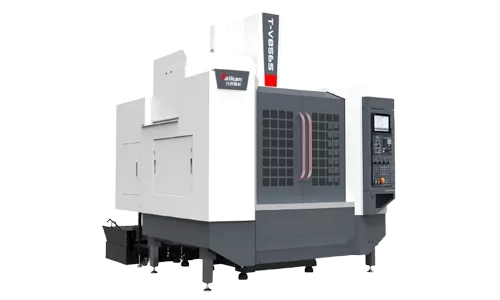
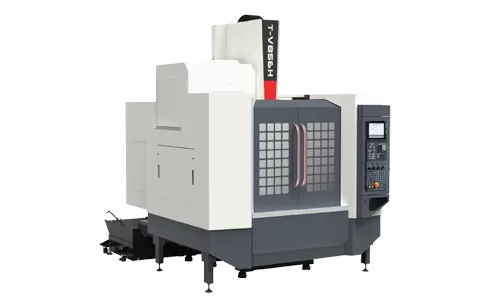
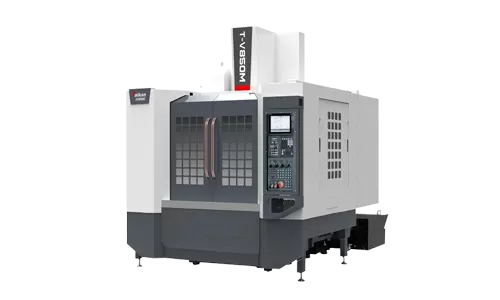
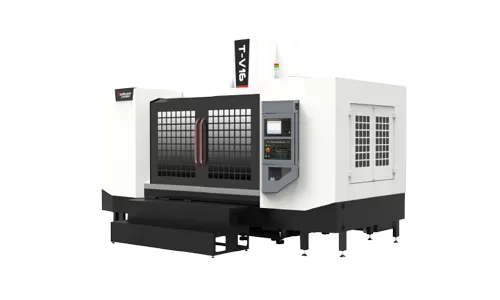

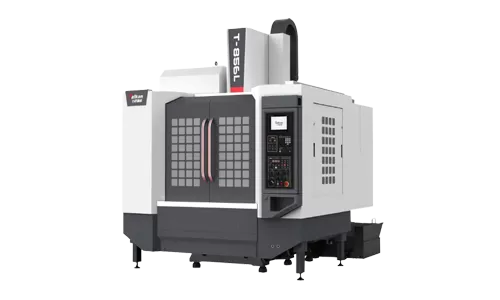

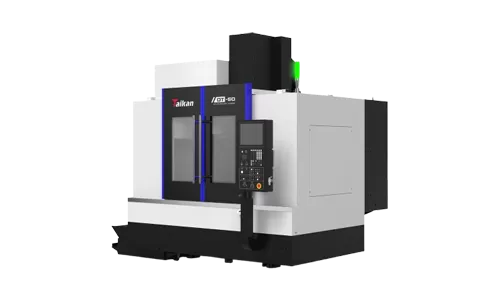

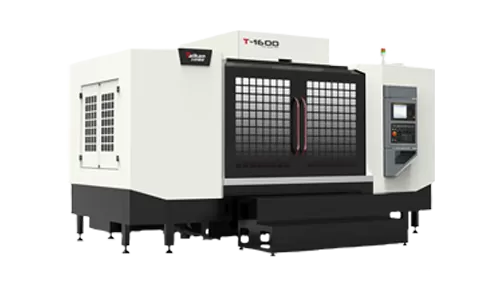
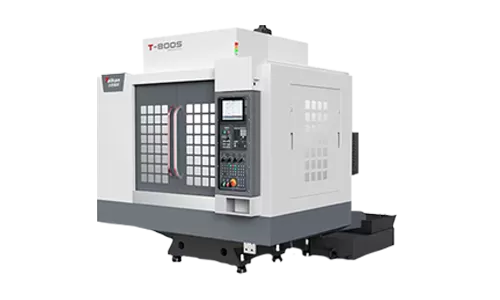
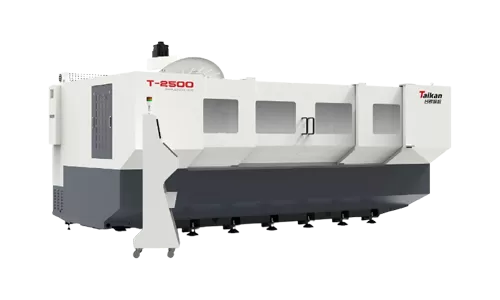


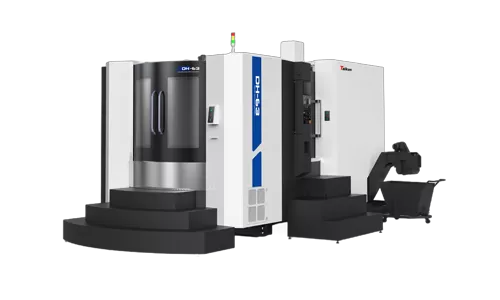

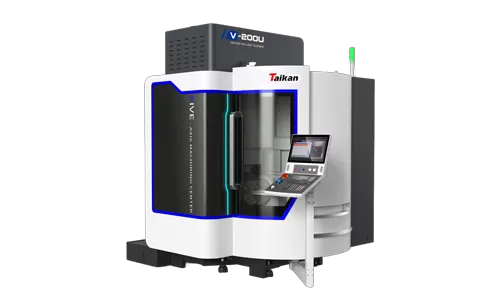
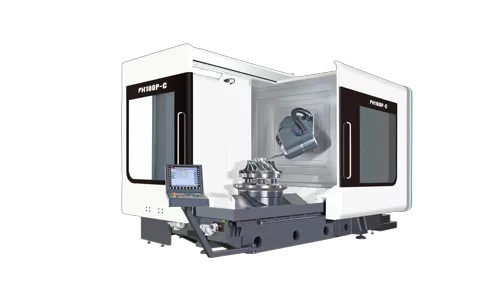
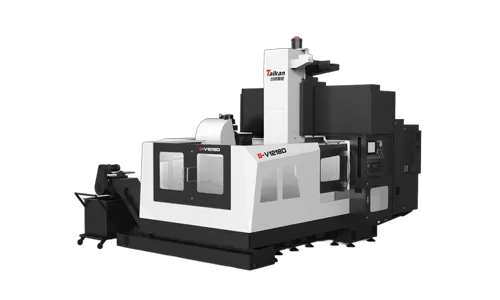
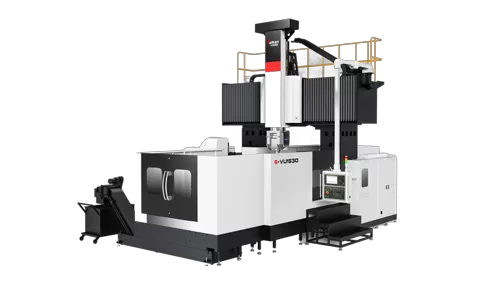

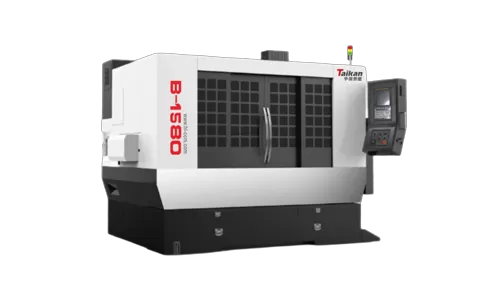

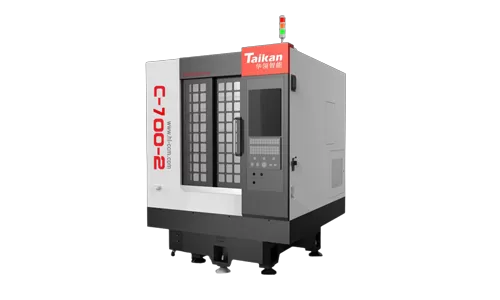
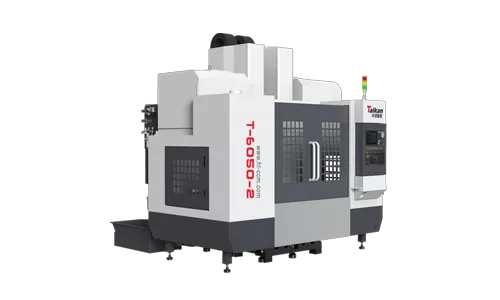
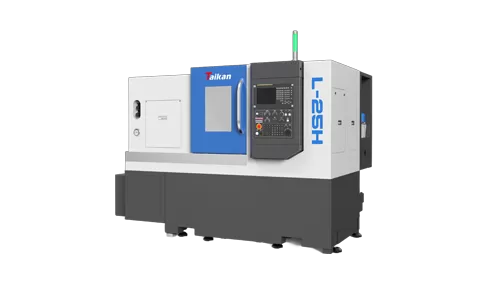



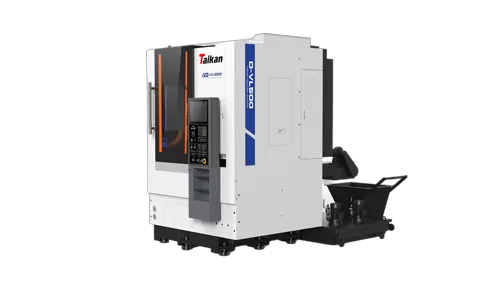
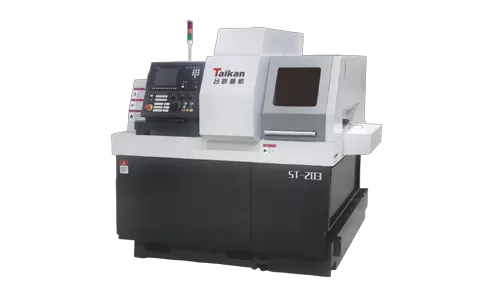
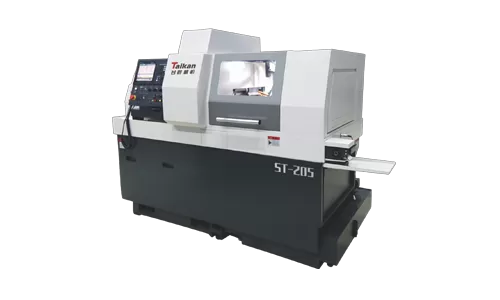
 Vertical Machining Center Drilling and Milling Machining Center Profile Machining Center Horizontal Machining Center 5-Axis Machining Center Gantry Machining Center CNC Multi-Head High-Speed Machining Center CNC Lathe CNC Swiss-Type Automatic LatheS series Standard Edition with 3-Axis Linear Guide Rails H Series Advanced Edition with 3-Axis Linear Guide Rails M Series Excellent Rigidity T-V Series Light Cutting W Series Hub Machining L Series Two Rails and One Hard Rail T Series 3-Axis Hard Rail DT Series High Precision Vertical Machining CenterB Series Drilling & Milling Machining Center S Series Drilling & Milling Machining Center SE Series Drilling & Milling Machining CenterT Series Moving Column Type & BT30 (Tilt-Disc Tool Magazine) V Series Moving Column Type & BT40 (Tilt-Disc Tool Magazine)T-H11 Horizontal Machining Center DH-63 Horizontal Machining Center DH-100S Horizontal Machining CenterG-V Series 3-Axis Linear Guides G-VU Series 5-Axis Gantry Machining Center G-BU Series Bridge 5-Axis Gantry Machining CenterSingle-Head High-Speed Engraving Machining Center Multi-Channel High-Speed Machining Center Multi-Head High-Speed Engraving Machining Center Multi-Head Vertical Machining Center
Vertical Machining Center Drilling and Milling Machining Center Profile Machining Center Horizontal Machining Center 5-Axis Machining Center Gantry Machining Center CNC Multi-Head High-Speed Machining Center CNC Lathe CNC Swiss-Type Automatic LatheS series Standard Edition with 3-Axis Linear Guide Rails H Series Advanced Edition with 3-Axis Linear Guide Rails M Series Excellent Rigidity T-V Series Light Cutting W Series Hub Machining L Series Two Rails and One Hard Rail T Series 3-Axis Hard Rail DT Series High Precision Vertical Machining CenterB Series Drilling & Milling Machining Center S Series Drilling & Milling Machining Center SE Series Drilling & Milling Machining CenterT Series Moving Column Type & BT30 (Tilt-Disc Tool Magazine) V Series Moving Column Type & BT40 (Tilt-Disc Tool Magazine)T-H11 Horizontal Machining Center DH-63 Horizontal Machining Center DH-100S Horizontal Machining CenterG-V Series 3-Axis Linear Guides G-VU Series 5-Axis Gantry Machining Center G-BU Series Bridge 5-Axis Gantry Machining CenterSingle-Head High-Speed Engraving Machining Center Multi-Channel High-Speed Machining Center Multi-Head High-Speed Engraving Machining Center Multi-Head Vertical Machining Center
 es
es  pt
pt  ar
ar  tr
tr  fr
fr  de
de  it
it  th
th  vi
vi  pl
pl  ms
ms  hi
hi  id
id  kk
kk 
